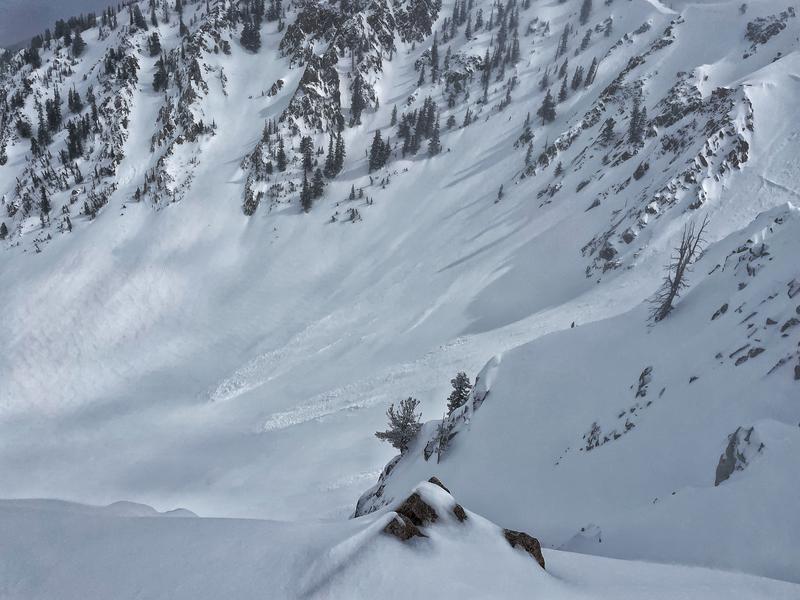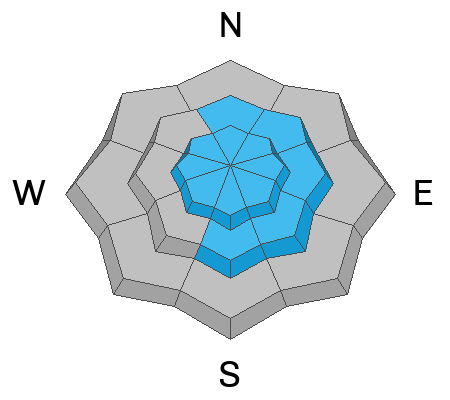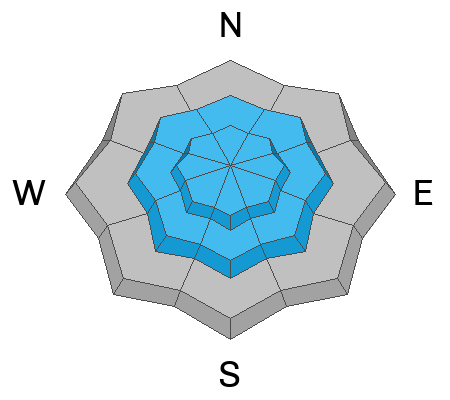A violent cold front ripped though the mountains yesterday, complete with ear-shattering thunder, lightning, graupel and roiling west to northwest winds. Happy first day of spring indeed.
All told, storm totals added up to 8-14" of new snow in the Cottonwoods and Park city ridgeline with 0.55-1.14" snow water equivalent. With frontal passage, winds averaged 35-45mph from the west to northwest with some gusts to 70mph for a few hours.
Currently, skies are overcast with temperatures in the teens and low 20s. Winds are light to moderate from the west. Along the highest ridgelines, they're averaging 20-25mph with gusts to 45.
We'll have briefly clearing skies with clouds streaming in from the southwest and so we'll have just a moment to catch our breath before the next series of storms. A powerful storm system pushes down the door this afternoon through early Thursday that'll bring significant snowfall along with moderate to strong winds from the southwest. A rough forecast for snow totals is 15-25". A quick hitting cold front (with additional snowfall) arrives Friday with temperatures plummeting to near 0°F. Unsettled through the weekend with a break for a few days early next week. Whew!
Avalanche conditions became very reactive and touchy within the new snow with the passing of the cold front yesterday afternoon. Many observers reported some naturaling (Staples photo) on the steepest slopes and easy to trigger shallow loose dry and soft slab avalanches on a variety of aspects and elevations.











